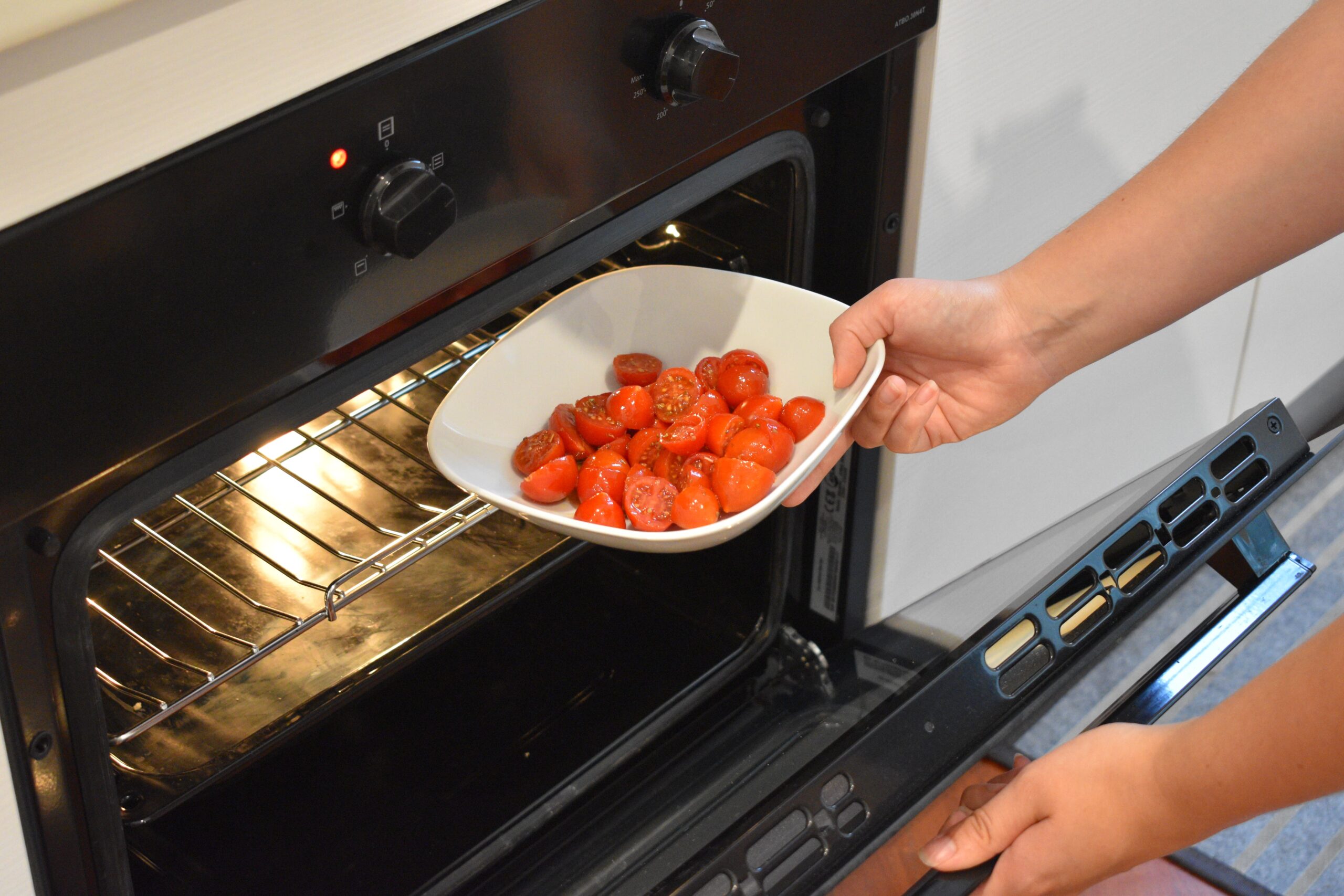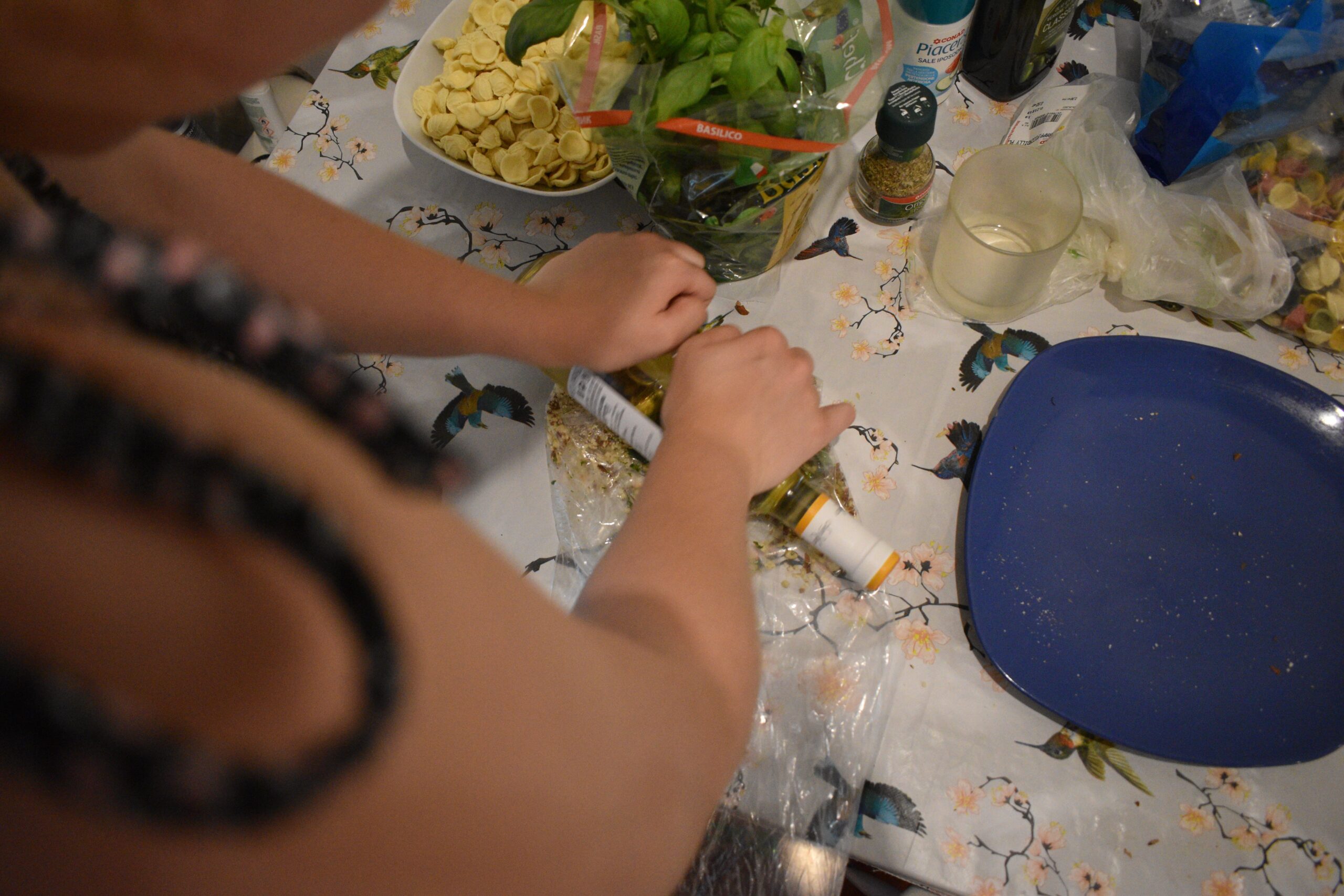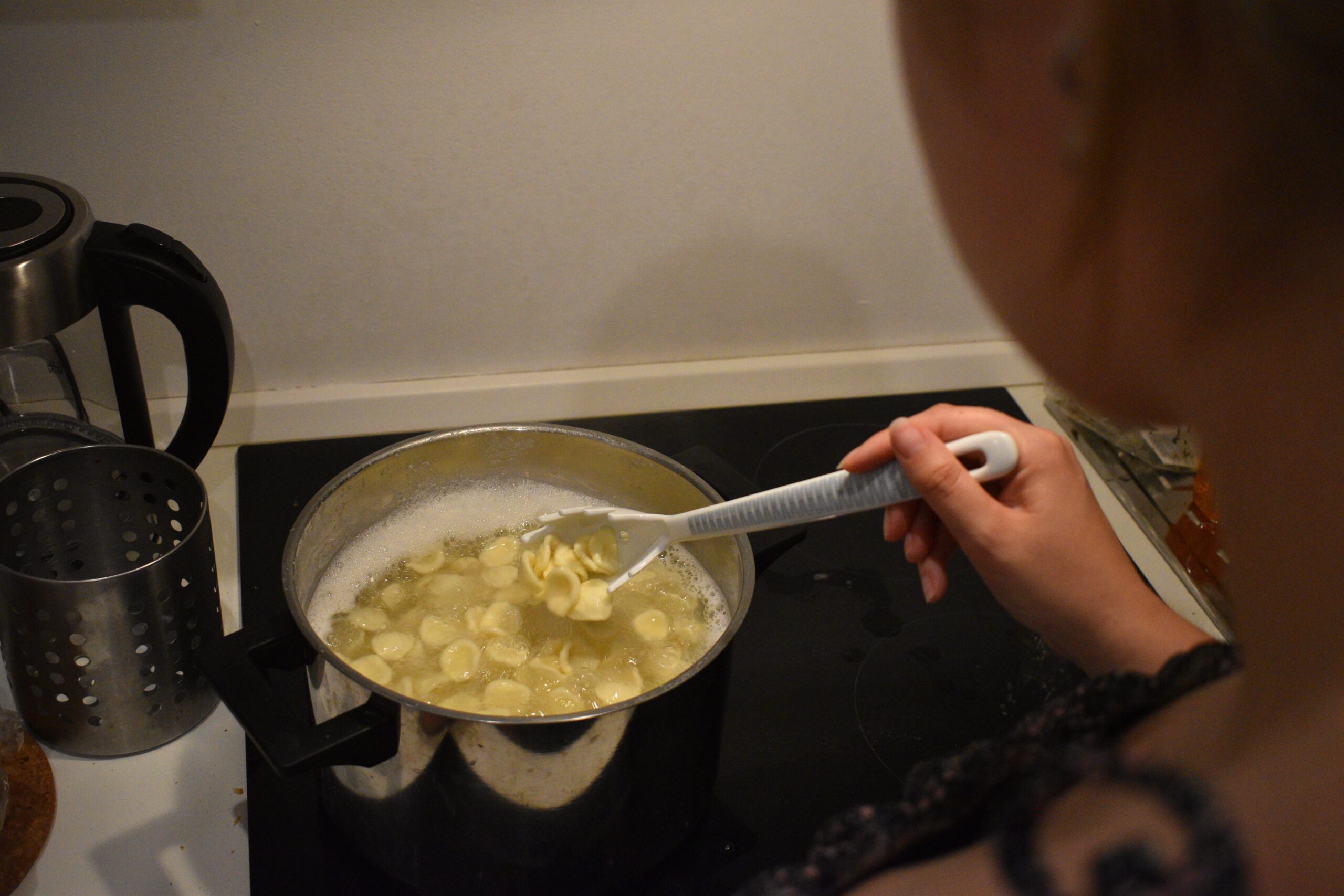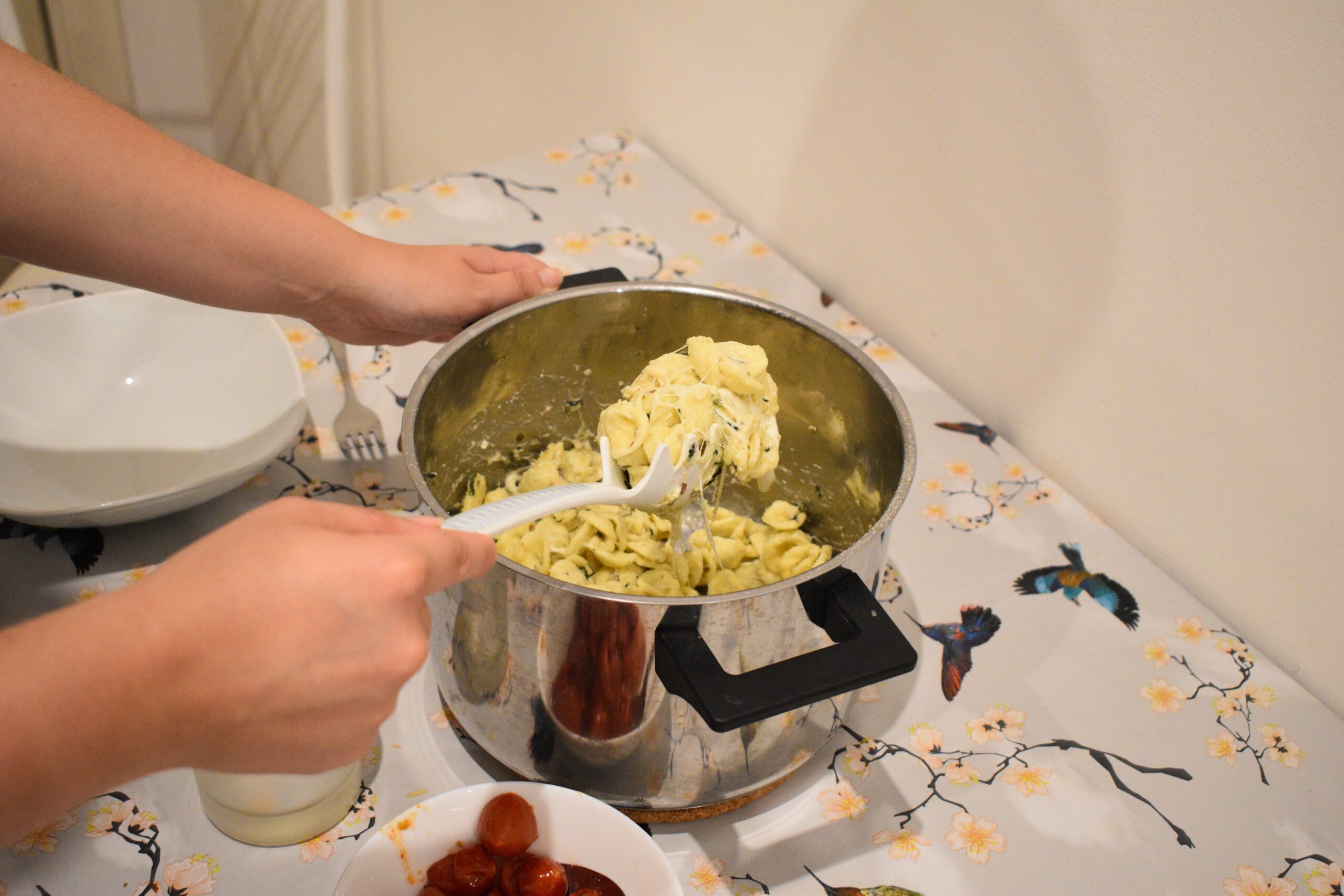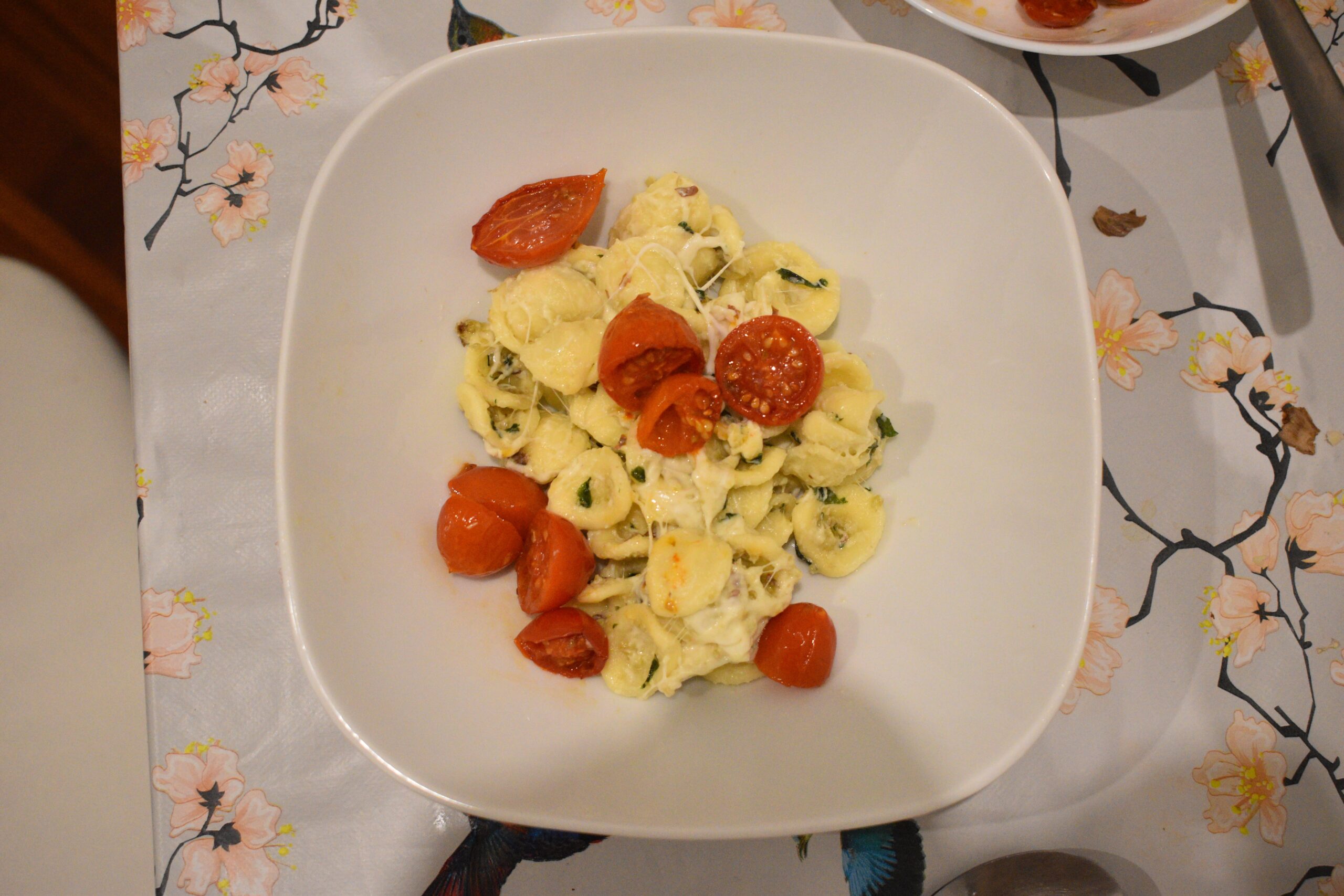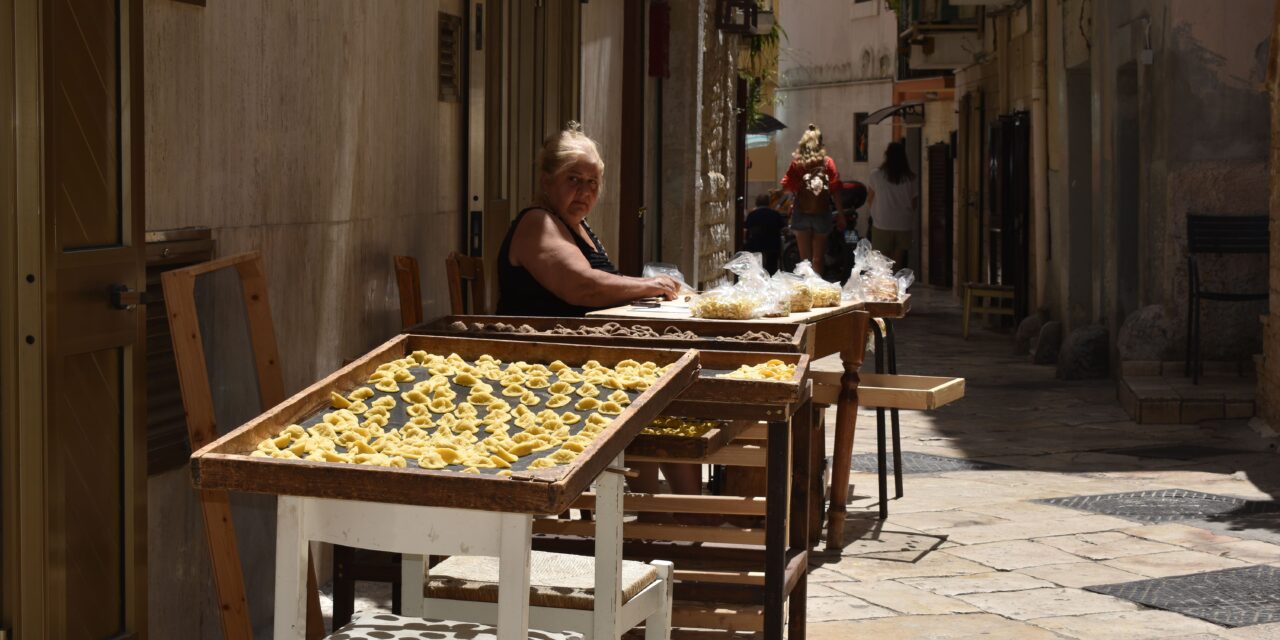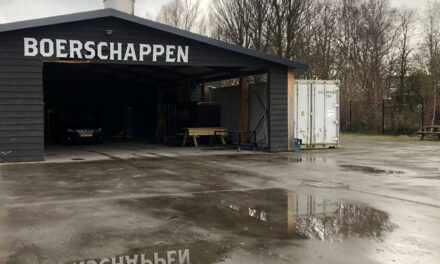Restaurants, street vendors and tiny grandma’s making pasta in front of their homes; in Bari, Italy you can hear, smell and taste the rich food culture all around you. Diving into the gastronomic history of Puglia, one thing stands out: the food that draws so many tourists to this province, was once the food of peasants.
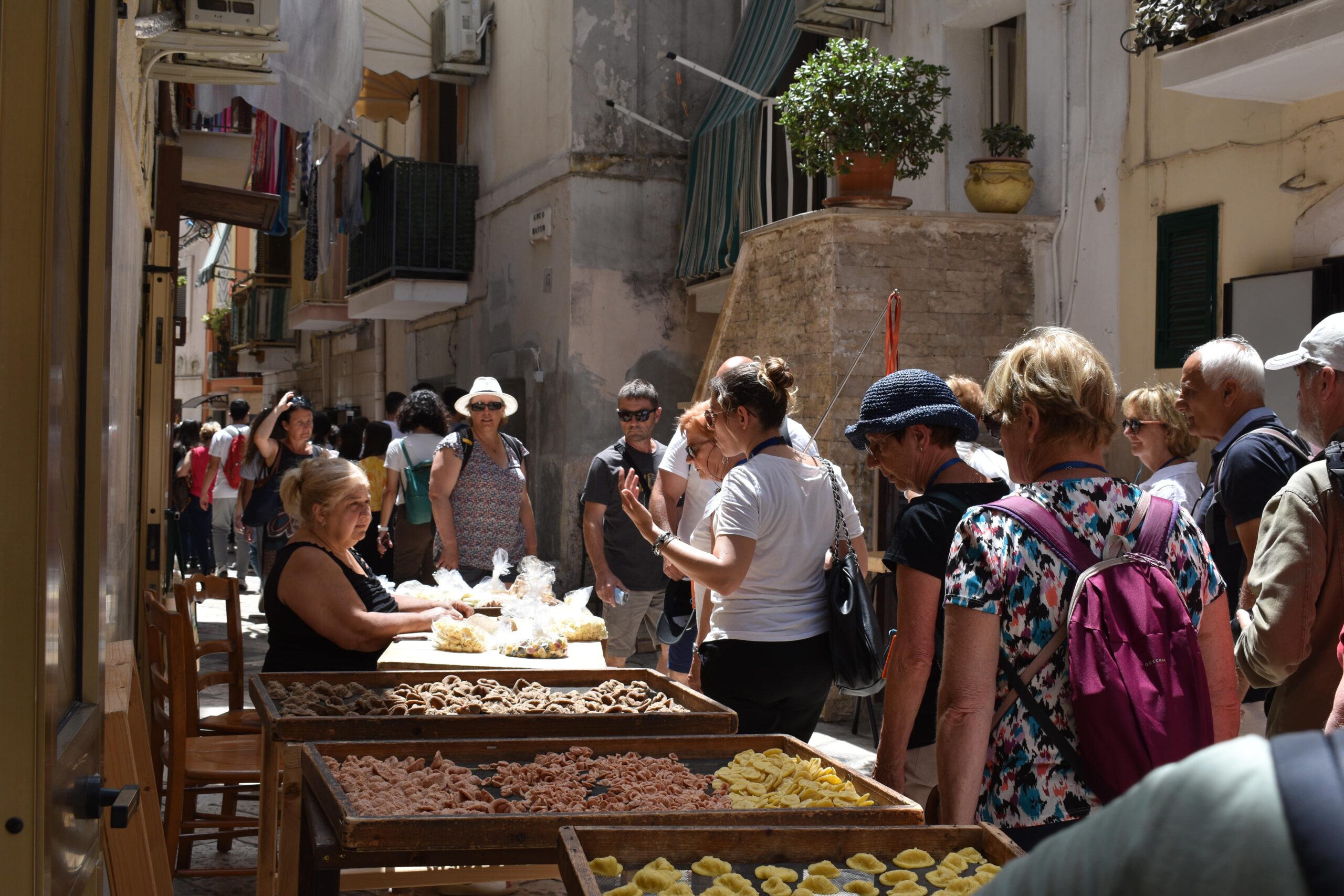
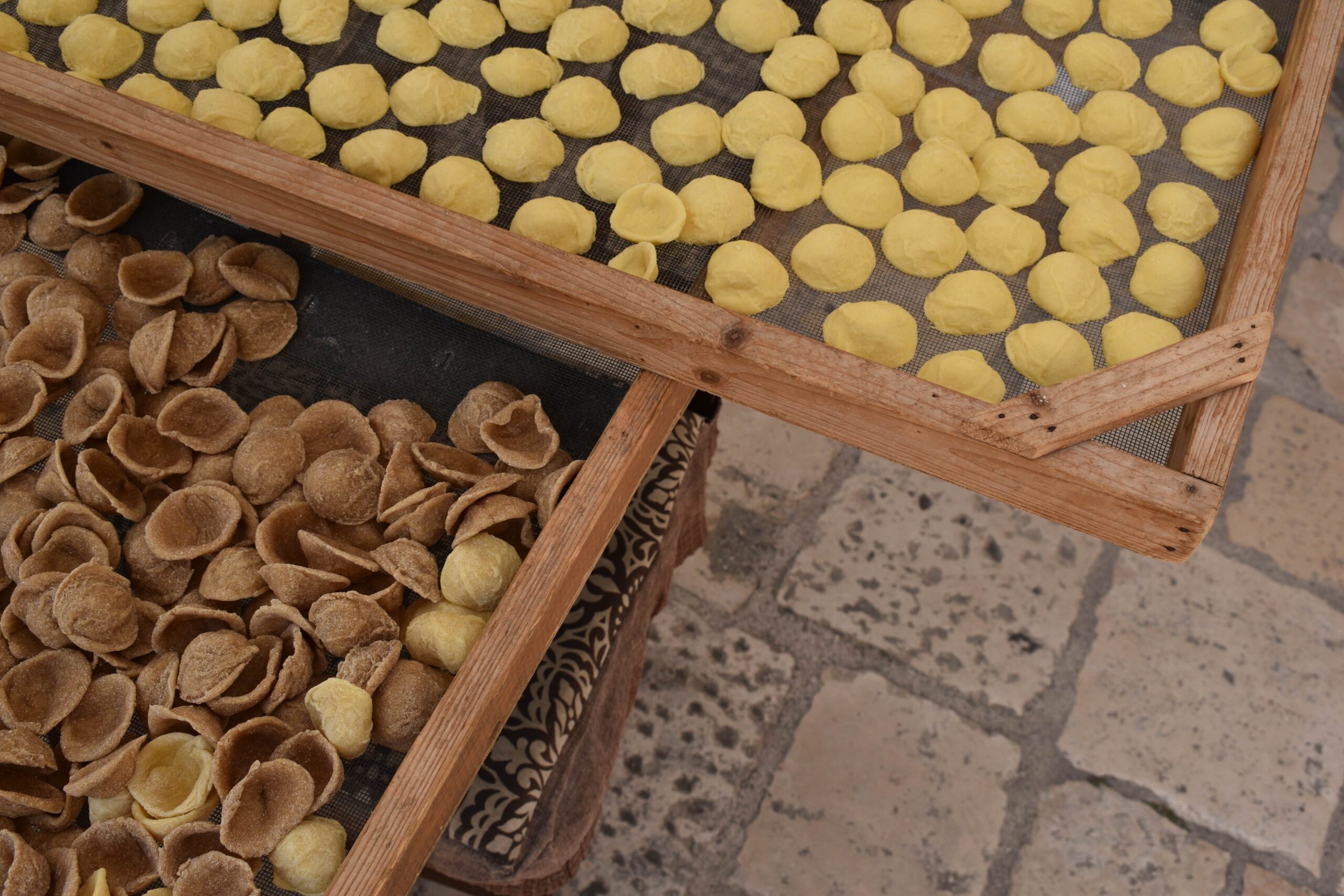
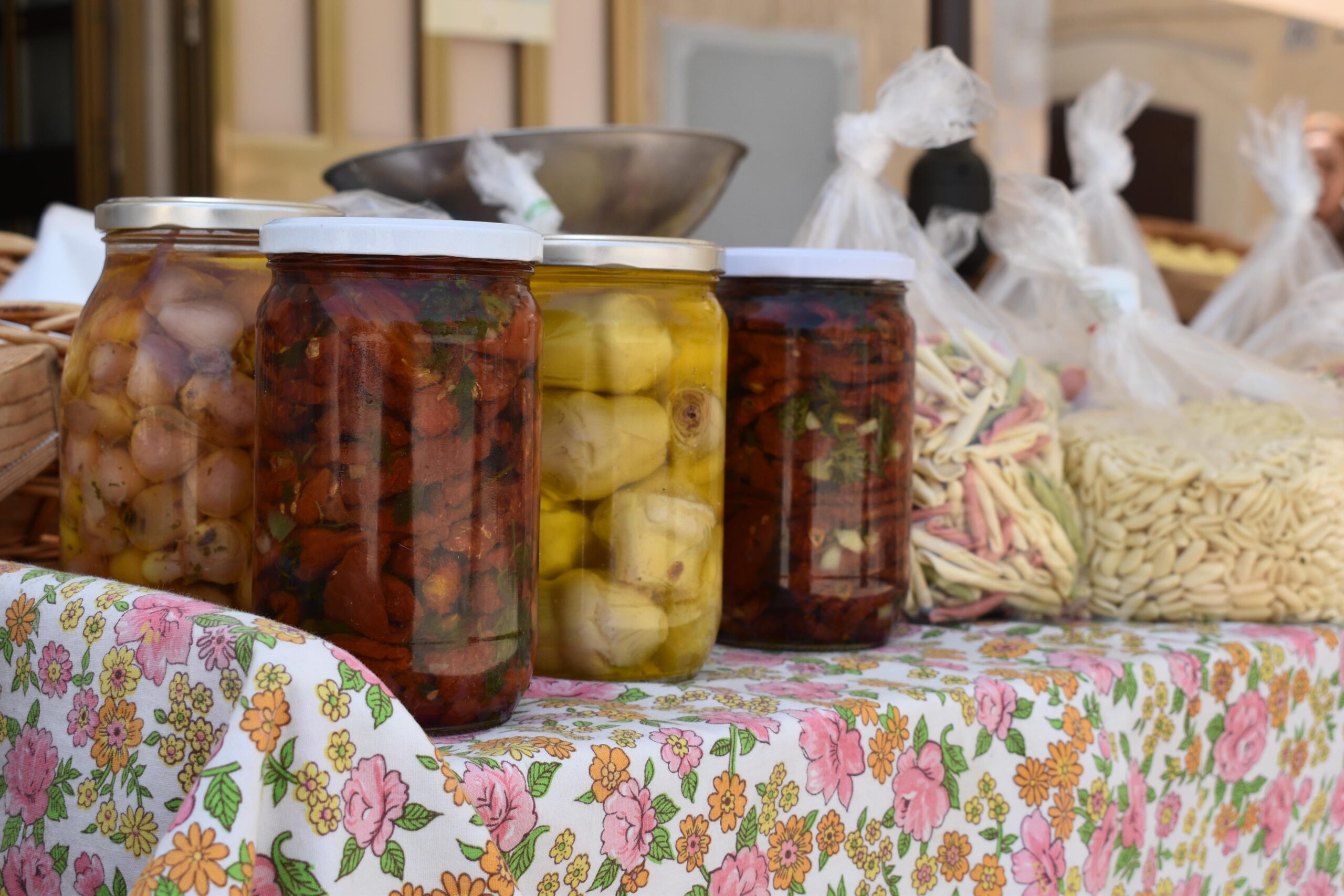
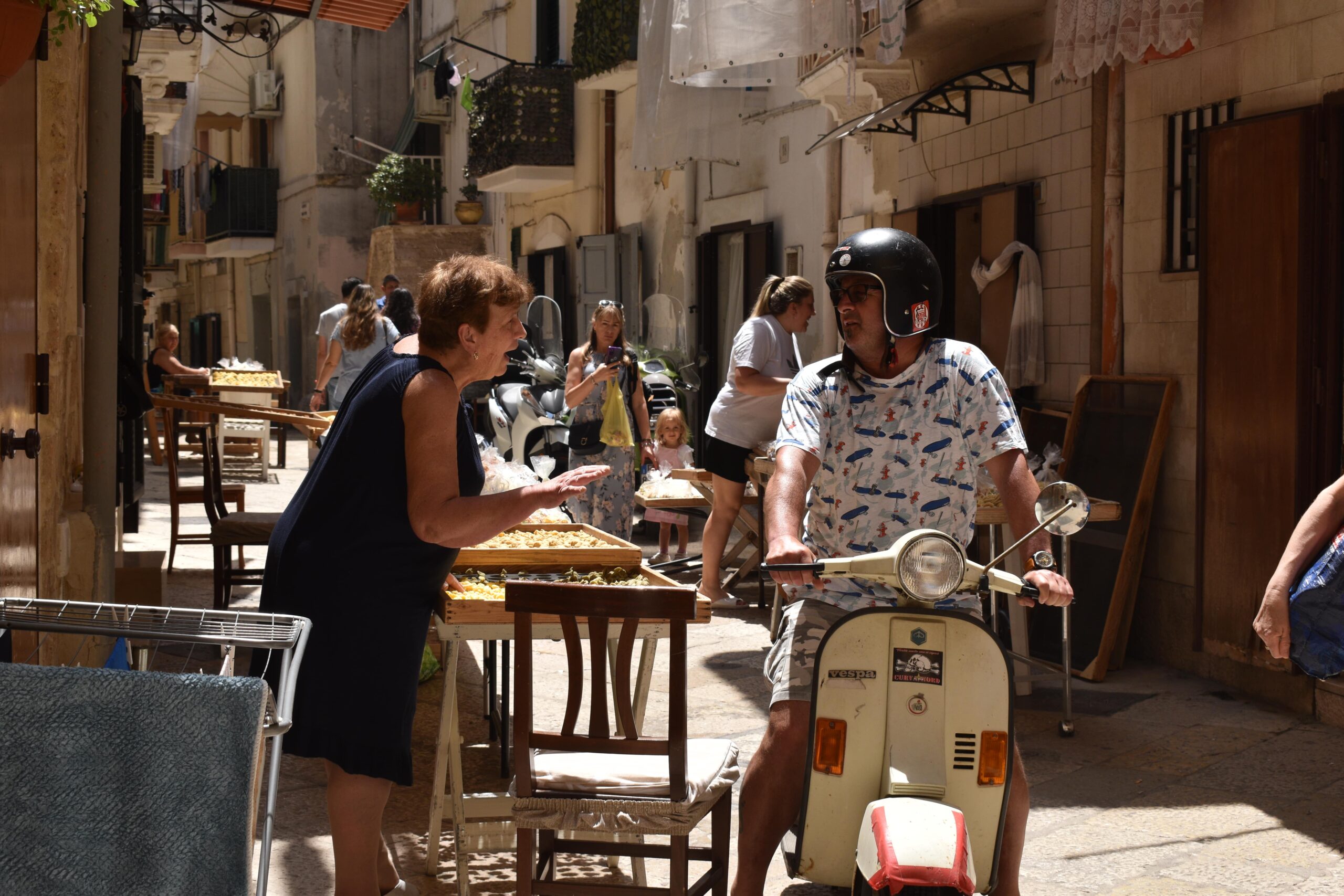
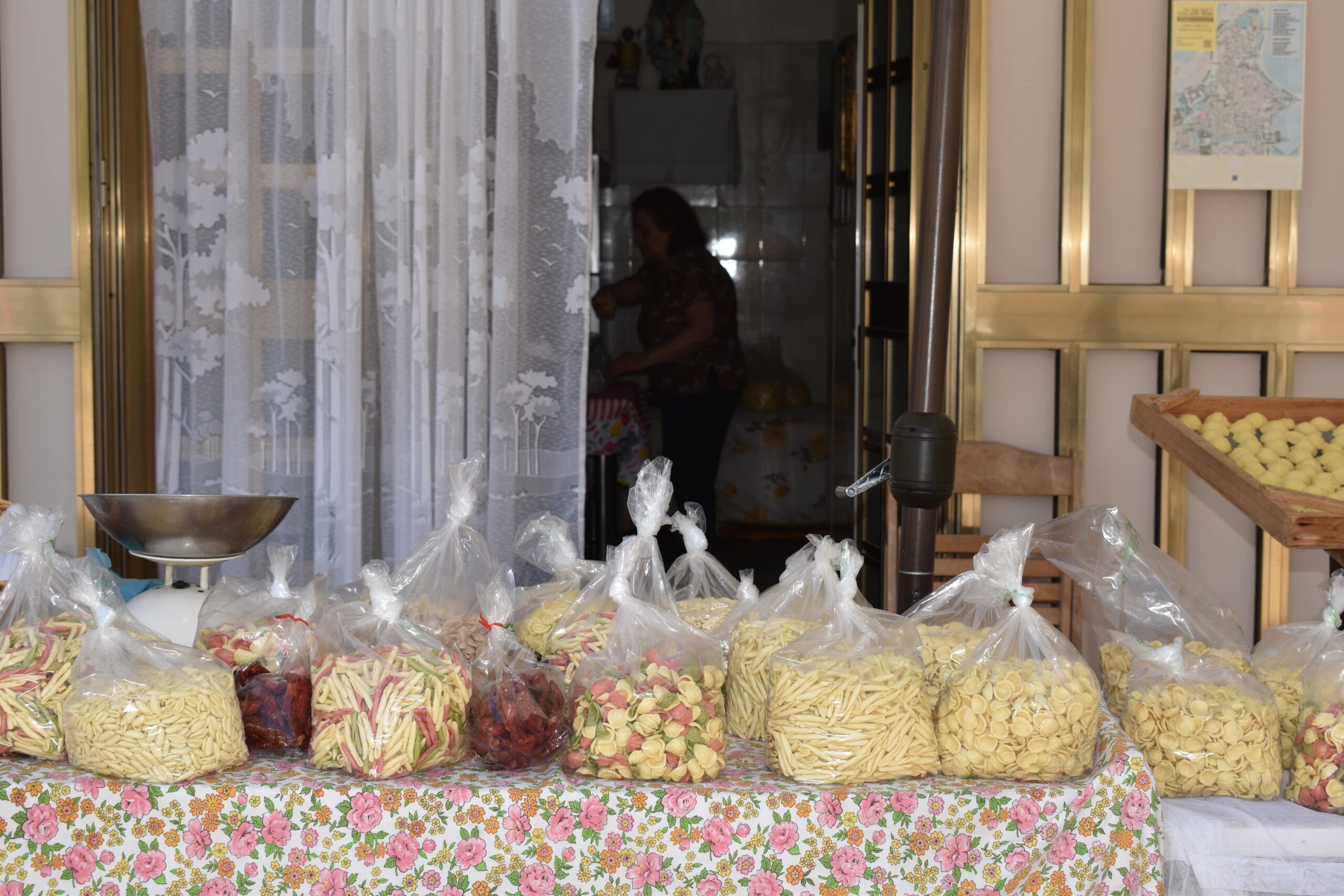
"It is the kind of food that reminds you of your grandma" Chef Capasso
La cucina povera literally translates to the poor kitchen. The cuisine was born during periods in history when parts of Italy were impoverished, ranging from roman times, to the turn to the twentieth century or wartimes. These times mostly affected the peasants, who were already poor. Even though they didn’t have money, they still needed to eat, to survive. They used whatever they could find and made it into simple dishes. What those dishes looked like? “It is a vegetable focussed, survival based, set of ingredients and recipes,” cookbook author and food journalist Katie Parla explains. Vegetables were cheap and easy to grow and harvest. Meat wasn’t as present in these dishes, since animals were often kept for dairy. Still, people needed a balanced diet. Because only vegetables would not suffice, they enriched their recipes with carbohydrates. In the south this was often done with bread. Parla: “A family would get flour from the local church and then they would make a big raw bread loaf and send it to the bakery. That would be their bread for the week. They would have fresh bread for two days and stale bread for five days. They used all of it, by chopping it up and putting it in soups, by baking it with little bits of salami and cheese and scraps of tomato, by frying it and putting it on top of vegetables and pasta. That is a way that you are making a really essential ingredient go far, while also varying its flavour.”
The people had to go through poverty and hardships, but there was also often this sense of family present. Because of this the dishes are linked with a feeling of nostalgia. According to Italian chef Tiziano Capasso it is not only the simpleness that shows the essence of la cucina povera, but also that feeling of connectedness. Capasso: “La cucina povera is the kind of food that reminds you of your grandma. And that is what the cooks share, even in a restaurant setting. You feel that special link rather than just a recipe with a big history about a special way of cooking.” Parla explains that that is where the newfound appreciation of la cucina povera actually comes from: “There is this nostalgia about the way that grandparents ate. No one cares how their parents ate, they could care less about how their parents ate. They want to know how their grandparents ate.” In that way, food can serve as a kind of time machine.
"There is a little bit of a fetishization of the cucina povera" Katie Parla
La cucina povera isn’t only popular under Italians but has also found a place among foreign tourists. Read any travel blog about southern Italy and cucina povera is sure to be mentioned. Tourists coming to Italy for the food certainly isn’t a new thing, but within gastronomic tourism Puglia was often overlooked. This is quickly changing. Between 2017 and 2019 there was an increase of 48 percent in terms of interest in gastro tourism in Italy. And within Italian gastronomic tourism, Puglia has become the third most popular destination, according to MEDUSA. Although Italy isn’t impoverished anymore, the dishes that are being served are still part of, or related to, la cucina povera.
Right now people are coming to Italy to taste what people made out of desperation. Still, not all tourists might grasp the whole concept of la cucina povera. Where they appreciate the tastes, it is also important to know where the food comes from. “In 21st century Italy there is a little bit of a fetishization of the cucina povera. There are foods of the past, connected to these periods of desperation and poverty, that are part of the to-do list of people who come to Italy,” Parla tells, “It is really fascinating how these things come into the modern culinary vernacular while totally subverting the painful reality of the origins.”
For tourists to get to know the history of what they’re eating is as much their responsibility as the people serving the food, according to chef Capasso. “People appreciate it more when they know where food comes from. It would be a shame if they don’t know. It is the duty of the tourist to ask the questions. But any good restaurant would share the stories: How is this food shaped? And how did we get to this moment in time?” So, la cucina povera is actually much more than just a style of cooking and really ties in with the history of Italy.
Even if not all tourists understand the history of what they are eating, the growing popularity of la cucina povera is still a positive development, believes Parla. “The income from tourists helps people, everyone is happy that there is someone sitting at their table and eating their food, especially after the pandemic.” A way for tourists to actually really get to know the history of the food, is by going on a food tour or taking a course.
